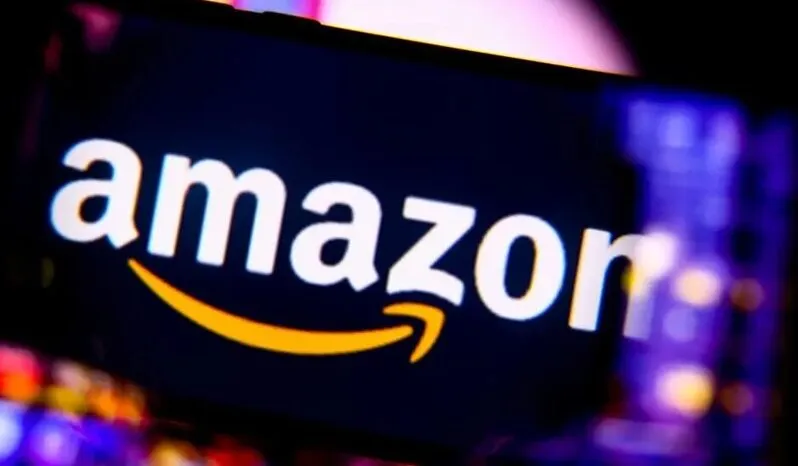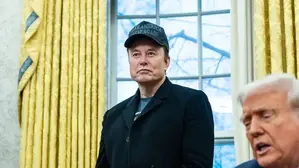Amazon tariff impact has been, right now, successfully managed by the e-commerce giant, and CEO Andy Jassy recently revealed that the company hasn’t seen significant price increases despite steep tariffs. Amazon’s strategic response to trade tensions demonstrates how effective supply chain management and cost cutting strategies can protect consumers from rising costs during the US China trade war in 2025.
Also Read: Amazon & Walmart Explore Launching Their Own Stablecoins
How Amazon’s Supply Chain, Tariff Strategy, And Cost Cuts Delivered

Forward Buying Protects Against Amazon Tariff Impact
Amazon implemented forward buying operations months before current trade restrictions took effect, and this proactive approach has been paying off. This strategic supply chain management approach involved stockpiling inventory to avoid future price increases that were anticipated.
Jassy had this to say:
“We did a lot of forward buying several months ago, and then a lot of our sellers, our third party selling partners, forward deployed a lot of inventory to avoid some of the issues with the uncertainty around where tariffs are going to settle.”
The strategy was also extended to Amazon’s two million third-party sellers, who forward deployed inventory across distribution centers. This approach has been crucial in managing Amazon’s tariff impact while maintaining competitive pricing at the time of writing.
Marketplace Diversity Shields Against US China Trade War in 2025
Amazon’s diverse marketplace creates natural protection against price inflation, and this has been working better than expected. While some sellers pass tariff costs to customers, others maintain competitive pricing to capture market share. This competition helps Amazon manage tariff impact effectively.
Jassy stated:
“And we have, so far, not seen prices appreciably go up.”
The company’s cost cutting strategies include leveraging marketplace competition where sellers who don’t raise prices can take market share from competitors who do. This supply chain management approach benefits consumers during the US China trade war in 2025, and it’s proving quite effective.
AI Integration Supports Cost Cutting Strategies
Amazon has been integrating artificial intelligence across operations to reduce costs and improve efficiency, and this technological advancement supports the company’s broader efforts to manage Amazon tariff impact without passing costs to consumers.
Jassy also stated:
“I think that many, perhaps most, consumers will have robots in the home sometime in the next ten years or so.”
The AI implementation makes employee roles more efficient while creating new opportunities in robotics development. This supply chain management innovation helps Amazon maintain competitive advantages during US China trade war tensions through advanced cost cutting strategies.
Also Read: Trump Tariffs Were Supposed to Strengthen the USD: Why Is it Falling?
Amazon’s success in managing Amazon tariff impact through strategic planning, supply chain management, and cost cutting strategies provides a blueprint for navigating US China trade war challenges while protecting consumer pricing right now.






